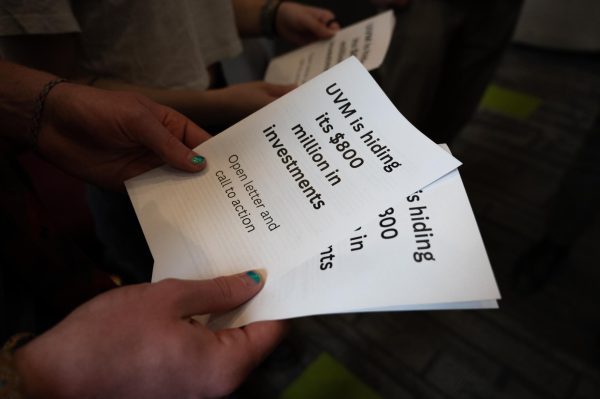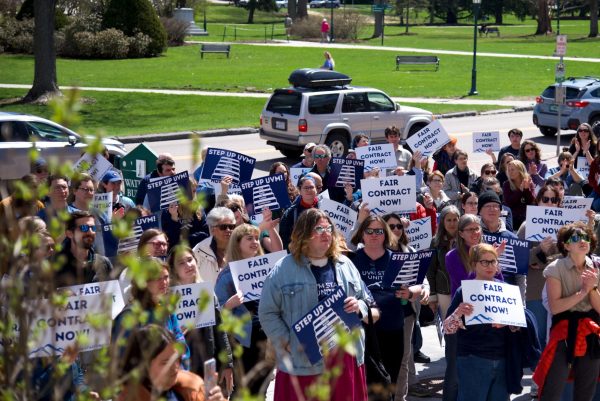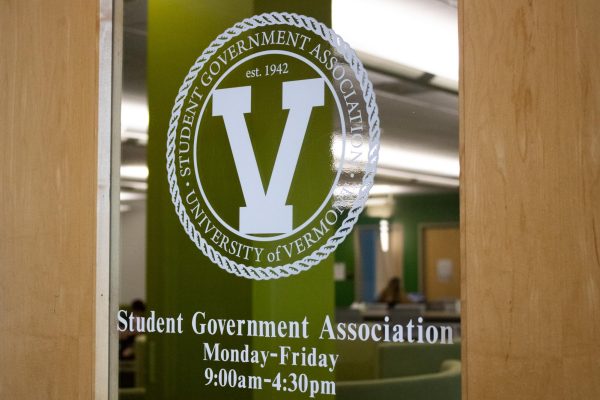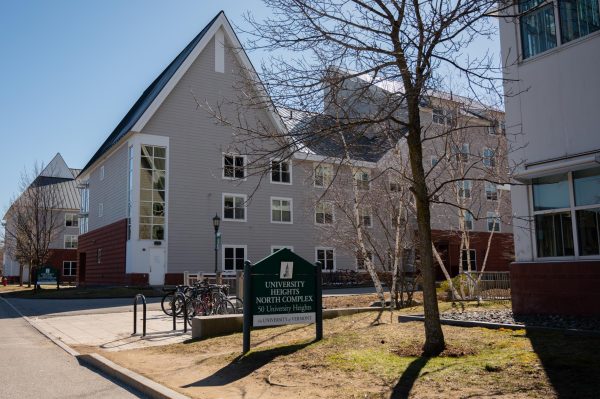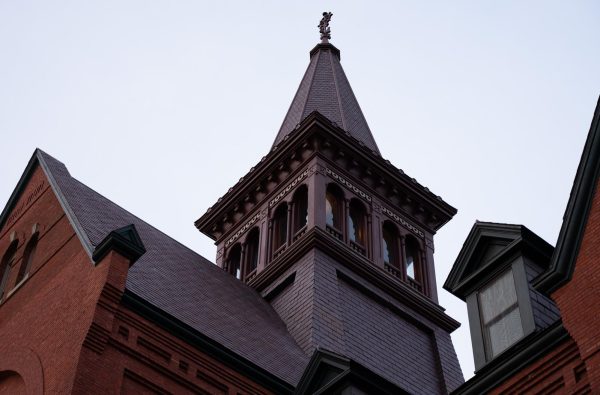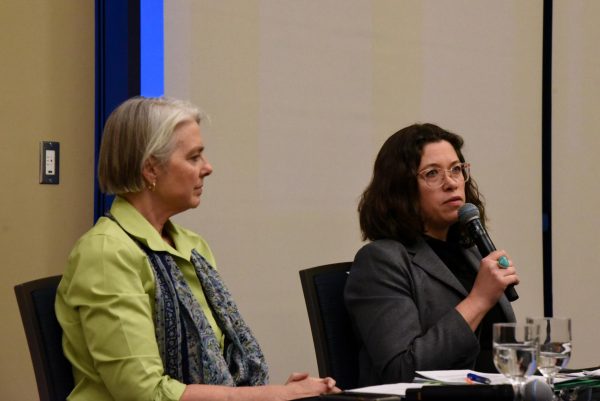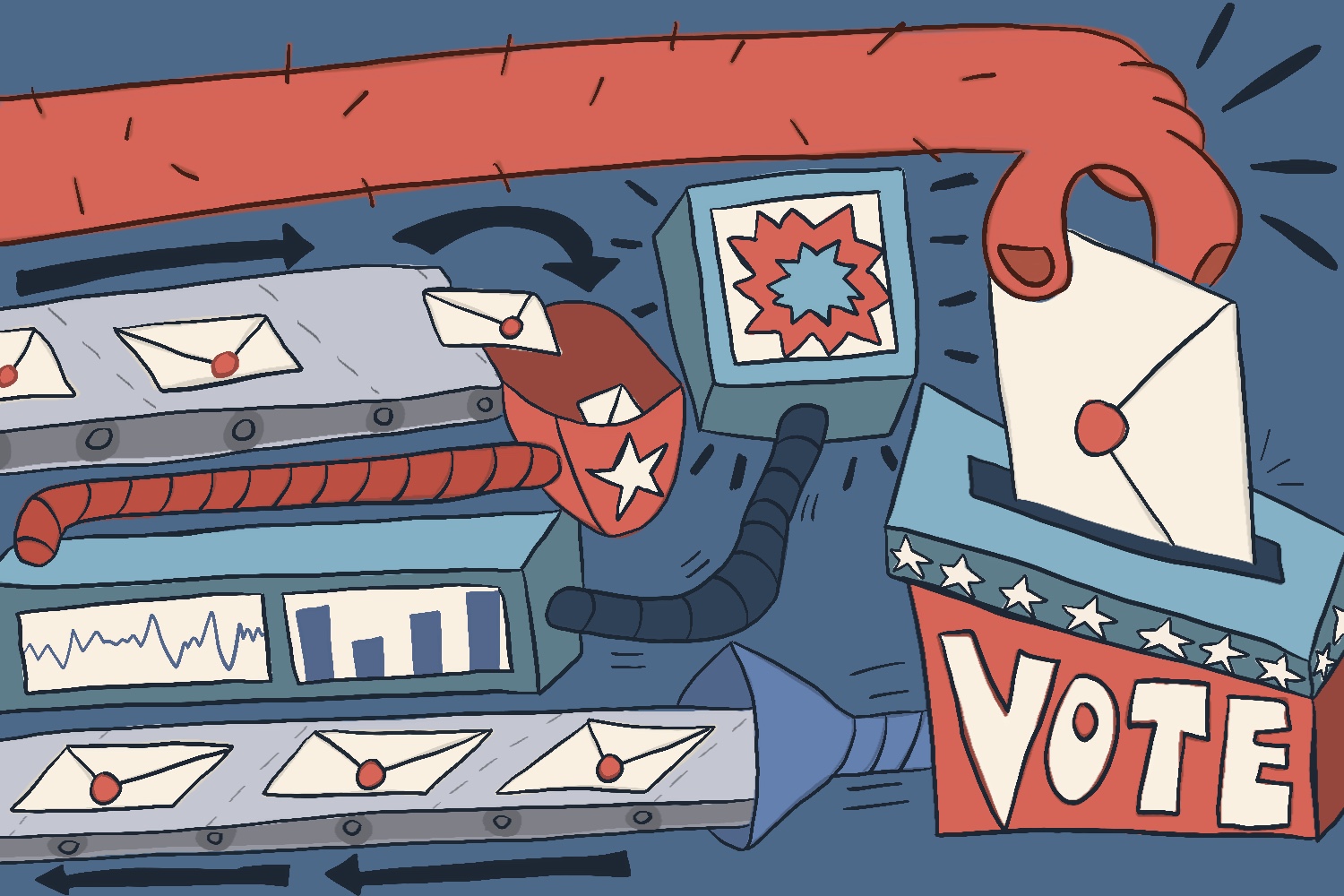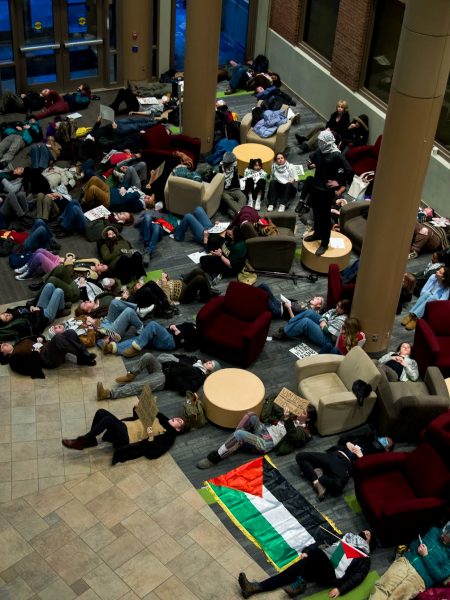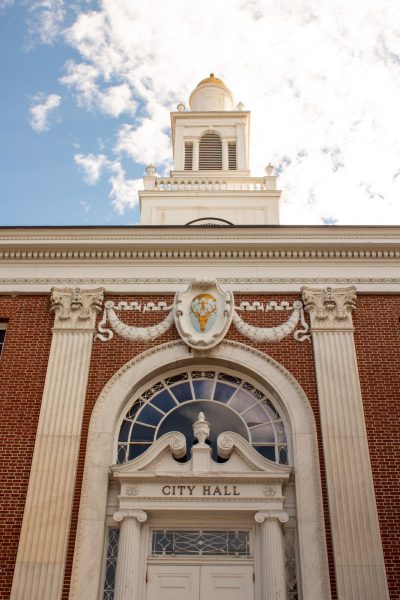Legal injection sites put on hold
February 4, 2018
A bill that would make it legal to inject heroin in certain places in Burlington has been put aside.
The Vermont State Senate tabled the proposed legislation that would allow for these spaces — known as safe injection sites — and limit the drug-related charges that could be brought against people for using them or working at them, according to the bill.
The sites would provide sterile syringes, have medical professionals on-scene and encourage users to take advantage of options for addiction treatment, according to the Canadian Center on Substance Abuse.
Opioid abuse has impacted Vermont heavily in recent years, with over 106 overdose deaths in the state in 2016, according to the Vermont Department of Health.
The number of Vermont emergency room visits related to heroin in 2016 had grown to 3.5 times what it had been in 2012.
What many students don’t realise is that the opioid crisis has affected the UVM community in addition to the larger Vermont population, said Amy Boyd Austin, Director for the Catamount Recovery Program, a program that helps UVM students recovering from substance addiction.
The issue of opioid use on campus was highlighted in 2009, when then-junior Will Gates died of a heroin overdose.
Heroin continues to plague Vermont residents in Chittenden County. Forty-eight percent of people treated for substance abuse in 2015 were treated for opioid-related issues in the county, according to a Department of Health report.
“It’s time to tune in and recognize that our students need more help,” Austin said. “These are not moral failings. Substance abuse disorders are an illness and should be treated as an illness just like any other.”
CRP has worked with the Center for Health and Wellbeing to make Narcan, a medication which counteracts the effects of opioid overdoses, available to students, Austin said.
CHWB also refers students who have been in treatment for opioid abuse to CRP, which then aids them in recovering, she said.
Vermont state and local officials have been debating the possibility of safe injection sites for drug users since early 2017, said Sarah George, state attorney for Chittenden County.
George organized a commission exploring the idea of safe injection sites for drug users in response to an increase in Vermont opioid-related deaths in 2016, she said.
The commission found that the only safe injection site in North America — in Vancouver, Canada — has been operating since 2003 and has recorded no overdose fatalities, George said.
Other members of the commission included medical professionals, law enforcement officers, representatives from Vermont CARES and Vermonters for Criminal Justice Reform and people recovering from opioid addiction, George said.
“I went into [researching safe injection sites] with a negative view and thought I was going to find all kinds of negative research on them,” she said. “Instead, I was struggling to find any negative aspects that appeared.”
The research and data around safe injection sites is positive and shows that the sites save lives and get more people into recovery or services, George said.
“It became a matter of abandoning my preconceived notions and focusing on what the research actually says,” she said.
Thomas Anderson, Vermont Department of Public Safety commissioner, opposes the legislation.
Facilitating the ongoing use of heroin through safe injection sites sends “the wrong message, at the wrong time, to the wrong people,” Anderson stated in a Nov. 29 statement to Burlington Free Press and WCAX.
The Vermont Association of Chiefs of Police also released a statement opposing safe injection sites on the grounds that it would be bad public policy to support and normalize the use of opioids, according to a Nov. 29 BFP article.
Many, including George and UVM Police Chief Lianne Tuomey, argue that safe injection sites do not promote or facilitate drug use.
Safe injection sites would not promote addiction to opioids, George said, and that if opioid addiction is to be seen as a public health crisis, it has to be noted that people are partaking in illegal drug use alone in unsafe places.
“These individuals are already using drugs,” George said. “They’re not going there to try drugs. They’re going there to be more responsible and safe so that they don’t die.”
The misconception that safe injection sites support illegal drug use is only endangering the public and our first responders, Tuomey said.
Tuomey supports the immunity legislation as a safety measure against the transmission of bloodborne diseases, she said.
“Since [society is] in a crisis, I think it is everyone’s responsibility to try to mitigate harm,” Tuomey said. “It is with harm reduction in mind that I support the [safe injection site] legislation.”
SGA President Chris Petrillo identified opioid use as an issue that Vermont has struggled with for several years.
“I think we’re all equally responsible to care for and solve this issue,” he said. “I think UVM should absolutely support [safe injection sites], and I think it would have a positive impact on the University.”
Even if the UVM community does not need to utilize a potential injection site, supporting one would be important for the University, Petrillo said.
SGA has also been working with the CHWB to make recovery resources available to students, Petrillo said.
“They’re Vermonters, too,” Petrillo said. “I don’t know why you wouldn’t want to take care of them.”







